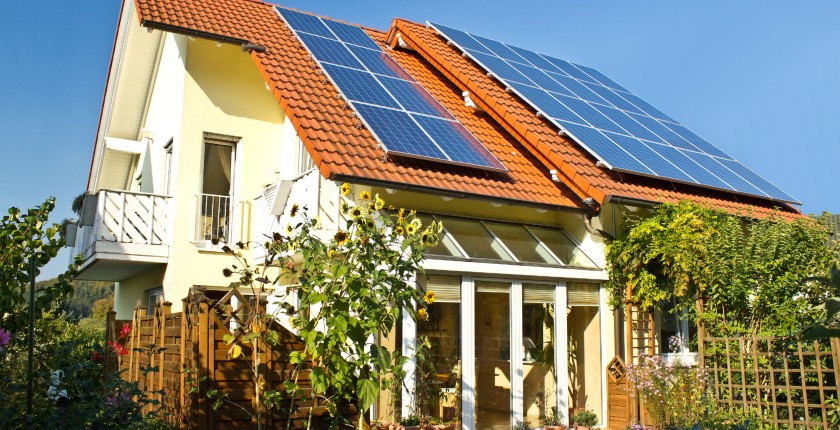
Photo: iStock
Driven by record high energy prices and geopolitical tensions, last year the European Union connected 41.4 GW of photovoltaic capacity to the grid, an all-time record 47% increase, compared to the previous record of 42% in 2021, according to the latest report by SolarPower Europe. The EU’s solar power generation fleet increased by 25% to 208.9 GW.
Only history will tell, but it is likely that Europe will remember 2022 as the year the solar age truly began. Solar ticks all three boxes of the previously assumed energy trilemma – sustainability, affordability, and security of supply, authors of the EU Market Outlook For Solar Power 2022-2026 said.
Out of the 41.4 GW, rooftop solar additions amounted to 25 GW in 2022, 8 GW more than in 2021.
The record-breaking 2022 EU solar market is 38% or 10 GW higher than what SolarPower Europe expected one year ago, and even 16% or 5.5 GW above its high scenario from December 2021.

According to the organization, it is important that investments in solar last year were no longer constrained by severe supply chain bottlenecks and COVID-19-related restrictions.
The authors of the report have no doubt that further annual market growth would beat all expectations, exceed 50 GW in deployment in 2023, and more than double from last year in 2026, to 85 GW.
The solar wave in the coming years will be nothing short of seismic, according to SolarPower Europe, which called on the EU to get ready, above all with planning, and highlighted five key areas for action.
Spain has outstriped Italy
Like in the previous year, Germany was again Europe’s biggest solar market, with 7.9 GW of newly installed capacity, followed by Spain (7.5 GW), Poland (4.9 GW), the Netherlands (4 GW), and France (2.7 GW).
While the top five EU markets stayed the same, Portugal and Sweden have entered the top 10 at the expense of Hungary and Austria, the report reads.
For the first time, all top 10 markets are gigawatt-scale markets. In 2022, 26 out of 27 EU member states deployed more solar than the year before.

With 68.5 GW, Germany maintains its role as the largest operator of solar power plants in the EU. Spain is now ranked second, reaching a total of 26.4 GW, as it took the spot from Italy, which was in control of the EU’s second-largest solar fleet since 2011.
Germany and Spain are projected to add the most new solar capacities in the EU until 2026.
Grab the solar opportunity: more ambition needed
In the context of the member states’ national energy and climate plans (NECPs), 21 states have the ambition to reach 2030 solar goals no later than 2025, while the remaining six would do so no later than 2027.
According to the authors of the report, the revision of the NECPs, expected in June, is a key moment, so they invited governments to embrace the opportunity.
The outlook brings five key points that need attention and action now from EU and national decision makers:
- Growing the pool of certified solar installers and skilled workforce;
- Maintaining regulatory stability and investor certainty for solar and renewables;
- Enabling smoother integration of solar PV in the grid, especially on the distribution level;
- Improving spatial planning and permitting procedures for solar in harmony with people and nature;
- Ensuring sustainable and reliable solar PV supply chains.
The report includes a progress review of the achievement of the solar targets in all NECPs, an analysis of the 27 member states, and a mapping of solar manufacturing capacity across the EU.


















Be the first one to comment on this article.